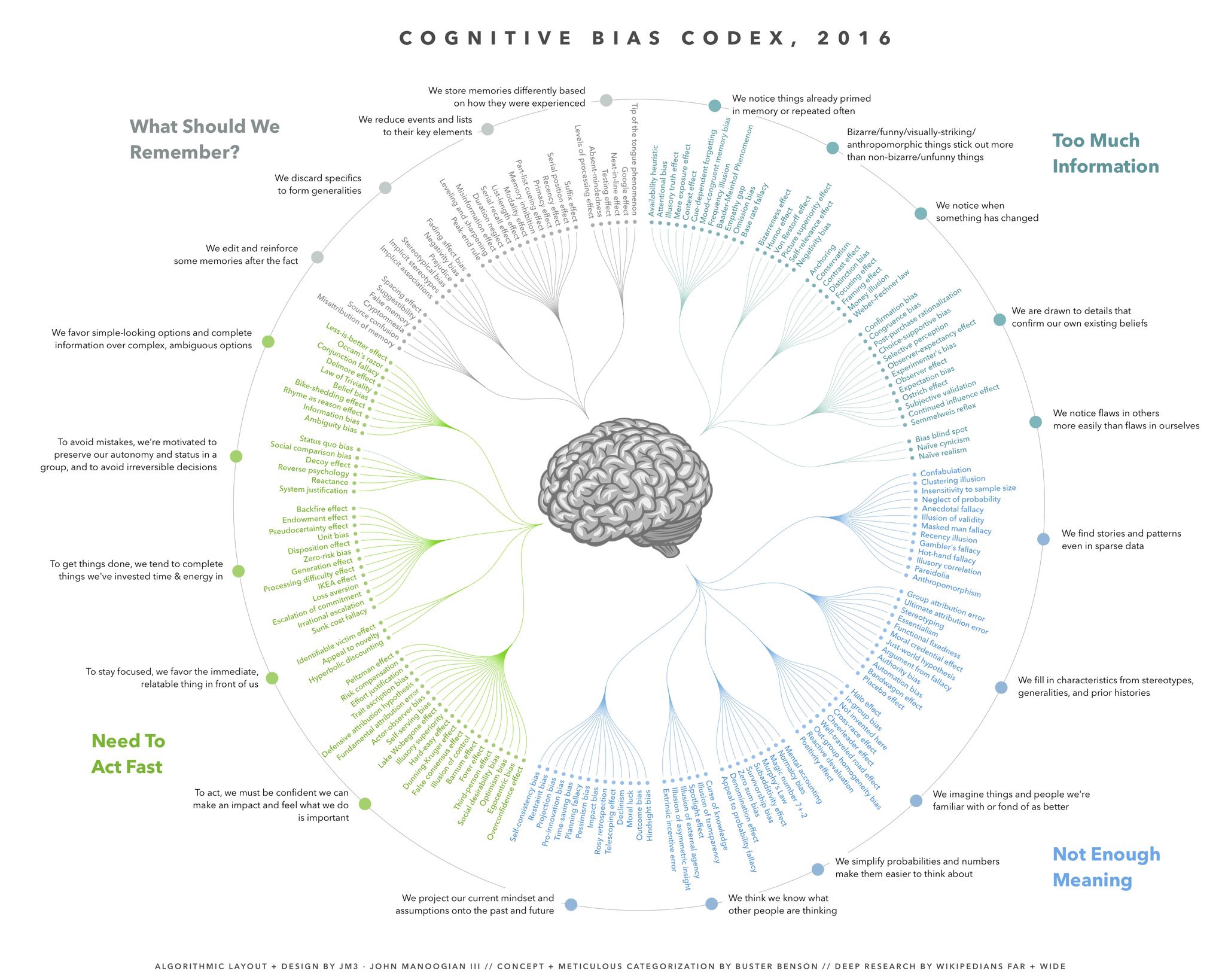Practical Tools
Toolkit: Recognising and including LGBTQ+ identities in language teaching
The toolkit is meant to be actionable and spark reflection for individual teachers and programme/departmental teams, and there should be something in there for colleagues who are relatively new to teaching as well as those with a lot of experience.
While created with HE language teachers in mind, we hope and think it can also be useful for non-language teachers, and it should work very well together with other initiatives such as decolonising the curriculum.
Toolkit on 'Recognising and including LGBTQ+ identities in language teaching' that we have recently published at University College London.
Provided by Jesper Hansen - SELCS - UCL
Raising Awareness of Unconscious Bias
Implicit Association Test (IAT) Harvard University
Description: ‘The Implicit Association Test (IAT) measures attitudes and beliefs that people may be unwilling or unable to report. The IAT may be especially interesting if it shows that you have an implicit attitude that you did not know about.’ Jost et al. (2009) provide counter arguments to critiques of IAT.
Application: We recommend trying one or more IAT and discussing the findings and the experience with a fellow colleague who has also tried it.
The discomfort experienced from raising our awareness of ‘unconscious biases’ can provide the necessary trigger to help us recognise the value of bias aware teaching and learning.
Hillard et al. (2013) evaluate students’ reactions to the Race Implicit Association Test (IAT) when used as an educational tool to raise awareness of racial bias.
Warmth and Competence
Description: This activity is informed by Fiske et al.’s (2002) ‘Model of (Often Mixed) Stereotype Content: Competence and Warmth Respectively Follow From Perceived Status and Competition’.
Application: A selection of about 6 portrait photos are shown on screen, each photo is shown for only 5-10 seconds. The photos should include portraits which are likely to elicit a stereotypical response, which could later be revealed as inaccurate representations. The selection of portraits will depend on the social norms and social stereotypes which are commonly associated with the viewers. For example: Northern European and Northern American biases tend towards white, clean shaven, good looking males therefore including a photo of such a male who has a serious criminal background would challenge the stereotype. Viewers are asked to note their initial responses to each photo, their System One response, as Kahneman (2011) would call it. They use the Warmth and Competence template to record a score for warmth and competence for each portrait. After reviewing the viewers’ scores more information about each person in the photo is provided and viewers are asked if their scores would have been higher if they had had access to this information at the start. Usually, more information would have led to a different score on some if not all of the photos. The activity can help raise viewers' awareness of how our initial impressions can be misleading.
Questionnaire for the Evaluation of Gender Equality in Teaching
This questionnaire is based on the assumption that teaching is not gender-neutral. 'Gender equal teaching is not simply applying specific teaching methods. Rather, it means to detect, make aware, and integrate gender issues in relation with your teaching scenario. This questionnaire was developed by ‘Project e-qual – teaching, Gender, Quality, University of Fribourg’.
The questionnaire is available in French and German. The glossary section has been updated and extended and includes links to further resources.
Ways to mitigate the impact of unconscious bias
The Four Step Approach
Description: The Four Step Approach is an adaptation of Anne-Françoise Gilbert’s Three Step Approach, which she introduced to SDU at her course on Gender Aware Teaching and Learning in April, 2016. The Four Step Approach provides a framework for identifying and addressing a ‘critical incident’ in a teaching or supervision situation, which may have been affected by bias.
Application: The resource includes a short introductory Four Step Approach Presentation and the accompanying template for recording the four steps. The resource is designed to be used in conjunction with bias awareness raising resources available above and resources on the Think Pieces page.
Beyond Stereotypes- counteracting particularly gender biases in teaching, learning and assessment
Emma Hammarlund, Assistant Professor, Translational Cancer Research, Lund University, Sweden.
Through her think piece videos on gender-sensitive teaching, Emma shares how her roles as researcher, funding applicant and HE teacher led her to recognise the need for practical resources to address gender bias in her teaching. Inspired by Moss-Racusin et al.’s (2012) findings, where gender bias favoured male applicants for science positions, Emma set her students an editing task, where they found more mistakes in the same text when assigned a female rather than a male name. This exercise heightened Emma’s and her students’ understanding of how bias, in this case gender bias, can affect us all and reasons for anonymous marking. See Emma’s poster for insights into gender bias and practical suggestions for mitigating bias and its effects.
7 Steps to: Mitigating Unconscious Bias in Teaching and Learning
Muneer, R., Cotton, D. and Winter, J. (2015) 7 Steps Series, Educational Development, Plymouth University.
Application: This 7 step checklist for teachers, is designed to keep us aware of possible biases and to inform our teaching practices. The checklist was designed for and used by teachers at Plymouth University, UK.
Gender Inclusive English Language
The Writing Centre at the University of Carolina provides a helpsheet on gender-inclusive English language.
Application: This resource can help raise awareness of gender stereotyped language and provide alternative gender-inclusive language.
Empirically Validated Strategies to Reduce Stereotype Threat
Strategies to Reduce Stereotype Threat - Compiled by Greg Walton, Geoff Cohen, and Claude Steele (May 2012).
Gendered innovations
Gendered innovations provides navigation through sex and gender analysis for scientists and engineers – developed at Stanford University.
Application: This resource – aiming for state-of-the-art methods for gender and sex analyses – provides practical tools, checklists, and case studies to assist in the time and cost-efficient research and development within natural science, medicine, health, engineering and environmental sciences.
Seven actionable strategies for advancing women in Science, Engineering, and Medicine
Application: This resource provides in a shortlist of recommendations to promote gender equality in science and stimulate future efforts to level the field.
Inclusion Nudges – by Tinna Nielsen and Lisa Kepinski
The book 'Inclusion Nudges' provides practical examples of how to address unconscious bias from three approaches: Feel the Need – awareness raising; Process – changes at organisational level and Framing – challenging and changing our frames of reference.
You can access more of Tinna's and Lisa's work on the Think Pieces page and on the Inclusion Nudges website.
Cognitive Bias Cheat-Sheet and Codex
The Cognitive Bias Cheat-Sheet and Codex – compiled by Buster Benson - organises cognitive biases into four categories: 1. Too much information, 2. Not enough meaning, 3. Need to act fast, 4. What should we remember. Each bias is briefly defined and exemplified. The resource includes a diagrammatic representation of the categorised cognitive biases, and whilst its scale can be overwhelming, selecting a range of biases from each category and inviting colleagues and students to reflect on their bias experiences can facilitate stimulating discussions and workshops.
(Click on image to enlarge)
Supporting criteria-aligned, fair and transparent oral exams – pilot study
In 2019-2020 an engineering course at SDU piloted ‘Oral Exam Checklist for Bias Aware Assessment – 16 check-ins’ to support criteria-aligned, fair and transparent oral exams. The checklist was positively reviewed and recommended to fellow teachers by the course leader and an interviewed student. The pilot study was designed and led by a team representing SDU’s Centre for Teaching and Learning, Gender Equality Team and Student Services.
The nature of unconscious bias - Beige and Purple
© Shire Professional Chartered Psychologists
Provides a handy list of research-based practices for mitigating the effects of unconscious bias.
Cognitive Biases
© Shire Professional Chartered Psychologists.
Provides a list of cognitive biases which can affect meetings, people management and decision-making.

